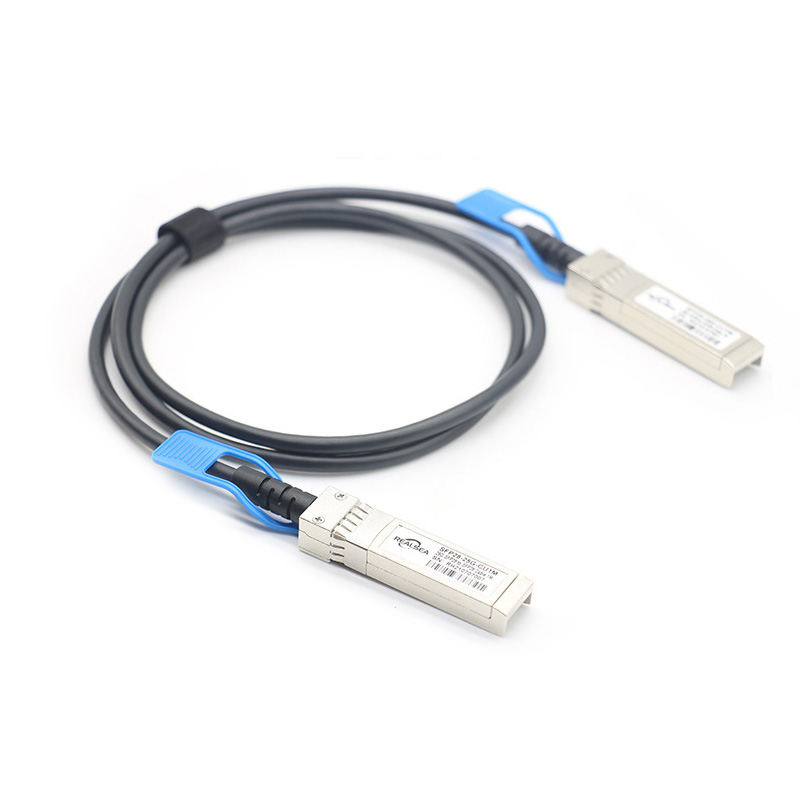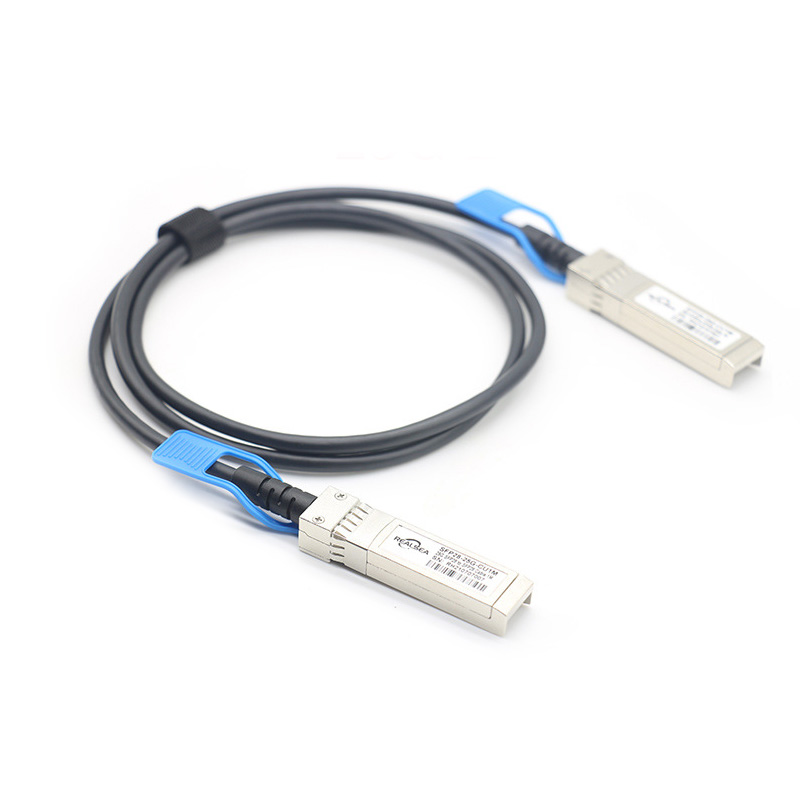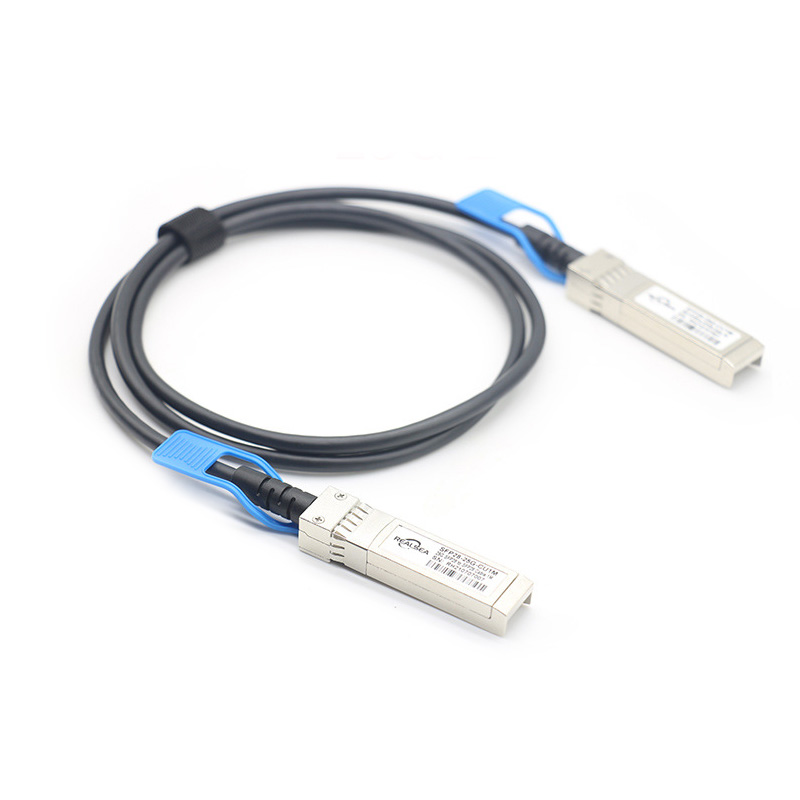Release Date: Aug 17,2022

The transmission speed of light in nature is much faster than other information transmission media, which is the principle of the existence of optical modules and its disadvantages. The development of optical module technology is of great significance to the optical fiber communication system. Optical modules can be applied to Internet data center networks, metropolitan area network optical transport networks, telecommunications networks represented by 5G bearer networks, and high-definition video. We know that optical modules can be divided into different types according to different classification methods, so what are the conventional classification methods of optical modules?
1. According to different packaging methods; the size of the optical module is determined by the packaging method, and this packaging is the organization rules of various multi-source agreements (MSA). MSA is a non-profit organization established by industry optical module manufacturers. It defines the form factor for optical transceivers and references OIF and ITU specifications. With the development of technology, the size of optical modules is getting smaller and smaller, and the data capacity transmitted per unit time is also getting larger and larger. From the late SFP MSA, XFP MSA to today's QSFP MSA, QSFP-DD MSA, CWDM4 MSA, etc., it not only defines the size of the optical module, but also defines other parameters of the optical module.
2. Classification according to different usage scenarios: At present, optical modules can be used in Internet data center networks, metropolitan area network optical transmission networks, telecommunications networks represented by 5G bearer networks, and high-definition video. Overview Recall: Usage Scenarios of Optical Modules
3. Classification according to the transmission rate of optical modules: refers to the number of bits transmitted per second, in units of Mb/s or Gb/s. The data capacity of the signal transmitted by the optical module through the optical fiber is unlimited. Different optical devices and modulation technologies determine the maximum rate of the optical module. Mb/s continued to reach 10Gb/s, and later developed the optical-mode parallel mode (Parallel), the rate of optical modules rose to 40Gb/s, 100Gb/s, and 400Gb/s optical modules have been successfully developed.
4. Classification according to the transmission interval of the optical module: because the optical fiber itself has a reaction such as dispersion and loss to the optical signal. Therefore, the interval that the light recovered by different types of light sources can transmit is different. When connecting the optical interface, the optical module and optical fiber should be selected according to the farthest signal transmission interval. The transmission interval of the optical module is divided into three types: short distance, medium distance and long distance. It is generally considered that 2km and below are short distances, 10-20km are medium distances, and 30km, 40km and above are long distances.bag in box custom
5. Classification according to compatible brands: There are currently two types of optical modules on the market, one is the original AC brand optical module, and the other is a high-function compatible module. There is a large price gap between the two. Brand modules are definitely expensive, such as Cisco, Huawei, and H3C that we are familiar with. The compatible module is compatible with these brands. The brand module will set up a special reading code in order to protect itself and squeeze other brands at the same time, so that customers cannot use other brands, and the compatible module is to crack the external settings, and can also be used together, and the compatible module is cheap, cost-effective and high-quality. There will be good and bad.
6. According to the central wavelength classification; the working wavelength of the optical module is actually a range, and the central wavelength is used for the convenience of description. The unit of central wavelength is nanometer (nm). Common central wavelengths are 850nm, 1310nm and 1550nm, as well as 1270nm-1610nm (distance 20nm) for CWDM series and 1528nm-1623nm (distance 0.8nm or 0.4nm) for DWDM series. 1) 850nm (MM multi-mode, low cost but short transmission interval, generally only 500m can be transmitted); 2) 1310nm (SM single-mode, large loss in the transmission process but small dispersion, generally used for transmission within 40km); 3) 1550nm (SM single-mode, small loss but large dispersion in the transmission process, generally used for long-distance transmission over 40km, up to 120km indirect transmission without relay).
7. According to the working temperature classification: the temperature of the optical module has three grades: commercial temperature, extended temperature, and industrial temperature; the temperature of commercial optical module: 0~+70℃ The temperature of extended optical module: -20~85℃ Temperature of industrial-grade optical module: -40~85℃

25G SFP28 DAC is a 25GBASE-CR direct attach copper cable for data center environment. It provides a high speed, cost-effective alternatives to fiber optics in 25GbE Ethernet applications.

fiber pigtail is typically a fiber optic cable with one end factory pre-terminated fiber connector and the other exposed fiber.

This Article just briefly overviews 10G and 25G Ethernet (25Gb) technologies, focusing on the SFP+ transceiver and SFP28 transceiver.